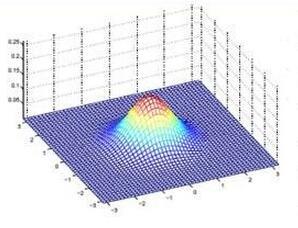Real-world databases are complex, they usually present redundancy and shared correlations between heterogeneous and multiple representations of the same data. Thus, exploiting and disentangling shared information between views is critical. For this purpose, recent studies often fuse all views into a shared nonlinear complex latent space but they lose the interpretability. To overcome this limitation, here we propose a novel method to combine multiple Variational AutoEncoders (VAE) architectures with a Factor Analysis latent space (FA-VAE). Concretely, we use a VAE to learn a private representation of each heterogeneous view in a continuous latent space. Then, we model the shared latent space by projecting every private variable to a low-dimensional latent space using a linear projection matrix. Thus, we create an interpretable hierarchical dependency between private and shared information. This way, the novel model is able to simultaneously: (i) learn from multiple heterogeneous views, (ii) obtain an interpretable hierarchical shared space, and, (iii) perform transfer learning between generative models.
翻译:现实世界数据库是复杂的,它们通常呈现同一数据不同和多个表达形式之间的冗余和共享关系。 因此,利用和分离不同观点之间的共享信息至关重要。 为此,最近的研究往往将所有观点整合成一个共享的非线性复杂潜在空间,但它们失去了可解释性。为了克服这一限制,我们在这里提出一种新颖的方法,将多种变式自动计算机(VAE)结构与要素分析潜在空间(FA-VAE)结合起来。具体地说,我们使用VAE来学习每个不同观点在连续潜伏空间的私人代表。然后,我们用线性预测矩阵将每个私人变量投射到一个低维度潜在空间来模拟共享的潜在空间。因此,我们在私人和共享信息之间建立了一种可解释的等级依赖性。这样,新模式能够同时:(一) 从多种不同观点中学习,(二) 获得可解释的分级共享空间,以及(三) 在基因模型之间进行传输学习。


